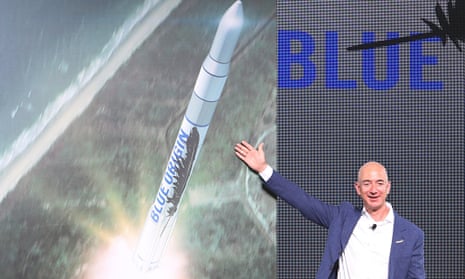The internet, in just two decades, has gone from something that seemed exotic to most people to a utility that is taken for granted – like electricity. Just as most people – at least in industrial societies – rarely go through a day without switching on a light, so most of us use the internet every day. In that sense, it has become what historians of technology call a GPT – a general purpose technology, like steam power, electricity, mass production and the automobile.
In 1999, Andy Grove, then the CEO of Intel, was widely ridiculed for declaring that “in five years’ time there won’t be any internet companies. All companies will be internet companies or they will be dead.” What he meant was that anybody who aspired to be in business in 2004 would have to deal with the internet in one way or another, just as they relied on electricity. And he was right; that’s what a GPT is like: it’s pervasive.
But digital technology differs in four significant ways from earlier GPTs. First of all, it is characterised by zero – or near-zero – marginal costs: once you’ve made the investment needed to create a digital good, it costs next to nothing to roll out and distribute a million (or indeed a billion) copies. Second, digital technology can exploit network effects at much greater speeds than the GPTs of the past. Third, almost everything that goes on in digital networks is governed by so-called power law distributions, in which a small number of actors (sites, companies, publishers…) get most of the action, while everyone else languishes in a “long tail”. Finally, digital technology sometimes gives rise to technological “lock-in”, where the proprietary standards of one company become the de facto standards for an entire industry. Thus, Microsoft once had that kind of lock-in on the desktop computer market: if you wanted to be in business you could have any kind of computer you wanted – so long as it ran Windows.
The most interesting implication of these distinctive features is that they all point in one direction: towards winner-takes-all outcomes. This is what has happened, for example, in searching (Google) and social networking (Facebook). Over time, however, as technology moves on, it can happen that the winner that took all begins to wane – which is what happened to Microsoft, though it remains a powerful and immensely profitable company. And new winners emerge.

Enter Amazon, which some people still erroneously regard as a mere bookshop, when in fact it has become the Walmart of the web. In order to realise that ambition, some years ago Amazon embarked on an exceedingly far-sighted strategy. As the company built a cloud-computing infrastructure to support its colossal retailing and logistical operation, it designed that system to be dual-purpose: it supported the company’s core business, but it could also be rented to outside users, for a fee.
Thus was born Amazon Web Services – a global cloud-computing platform which operates from 11 geographical regions across the world. The core components are the Elastic Compute Cloud (EC2) and Amazon Simple Storage Service (S3), which together enable anyone with a credit card to rent servers by the minute and unimaginable amounts of online storage capacity.
It would be hard to overestimate the significance of AWS in fostering IT innovation. In the old days, startups had to sink lots of money in operating their own server farms. If a business took off, it had to scramble to ensure that peak demand didn’t crash its website. Nowadays, startups just rent AWS servers and storage, and if they suddenly need an extra thousand servers, they just click on a link and put the cost on a credit card. As a result, the costs of starting up an internet-based company have shrunk dramatically.
So AWS has become a critical component of our computing universe. But what we have only belatedly begun to realise is how large it has become. It now has annual revenues in the $8bn range. If Amazon were to spin off AWS, it would be valued at somewhere between $70bn and $160bn. Bezos won’t do that, of course, for one simple reason: he can see a winner-takes-all goalpost ahead. Amazon, Amazon über alles.
- This article was amended on 4 November to remove an incorrect reference to AWS’s revenue being bigger than Amazon’s entire retail operation.









